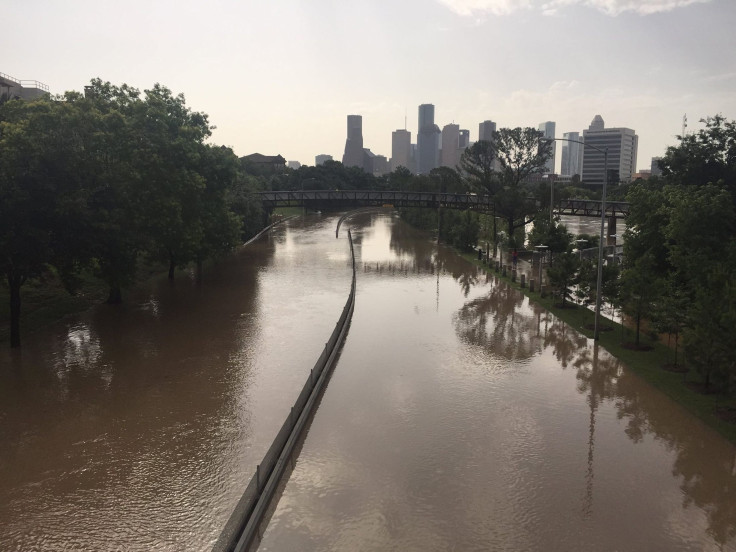Texas Flooding 2015: Severe Storms In Texas Cause At Least $27M In Infrastructure Damage, Continuing Trend Of Increasing Natural Disasters

Severe storms in Texas this month have caused at least $27 million in infrastructure damage. Texas transportation officials Sunday said the figure is expected to rise as the state continues to tally damages caused by extreme weather during the past week, the Associated Press reported.
Roadways in 167 of the state's 254 counties suffered some level of storm damage in May, Veronica Beyer, a spokeswoman for the Texas Department of Transportation, told the AP. At least 155 roads in Texas were still underwater or closed due to damages Sunday following the series of storms that began Memorial Day weekend, she said.
At least 24 people have died in Texas this week after what National Weather Service forecasters estimate is a 150- to 200-year flood event. Seven others died in Oklahoma, and 13 people were killed in a Mexico-Texas border town.
The tragic deaths and widespread damages come as society grows increasingly vulnerable to extreme weather events. In 2014, the world saw 189 natural catastrophes, the highest number ever recorded by Swiss Re, a global reinsurance company. The storms caused more than $100 billion in damage worldwide, particularly in the Asia Pacific region, where Typhoon Haiyan and other disasters devastated broad swaths of the region.
One reason for the increased death tolls and property damage is that more people are moving into hazardous areas, putting more lives and properties squarely in harm's way. In Central Texas -- a region known as "Flash Flood Alley" for its susceptibility to such storms -- cities are growing at a faster clip than in other parts of the country.
A second reason is climate change. As global temperatures rise and weather patterns shift, heavy rains and flash flood events are expected to become more frequent and severe. In coastal cities, rising sea levels are exacerbating the effects of hurricanes and rainstorms, meaning that even weaker storms can cause devastating destruction.
Given the growing threats, cities and states “have to plan for the potential for more emergency types of events,” Dave Schwartz, a meteorologist with The Weather Channel told International Business Times earlier this week.
© Copyright IBTimes 2024. All rights reserved.





















